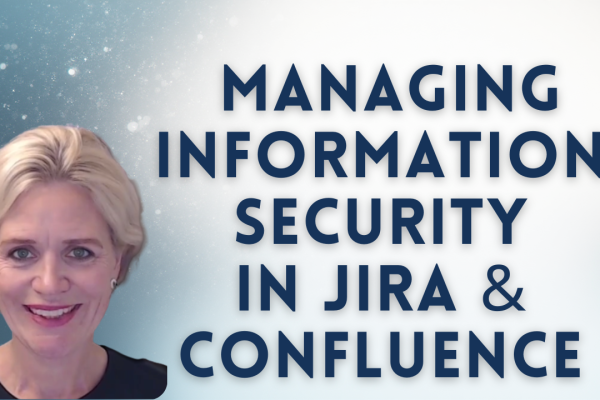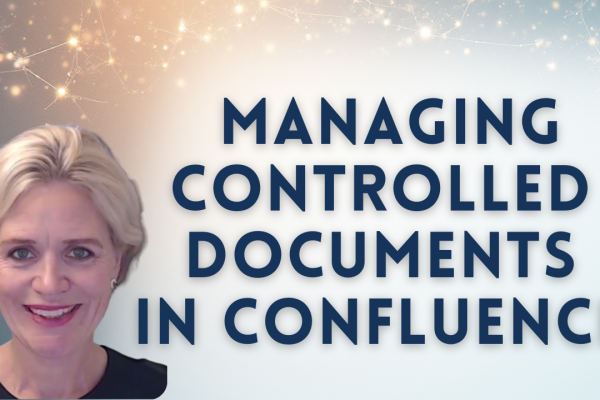For years, Atlassian solution partners have built successful businesses around helping IT teams configure Jira and Confluence, manage licenses, and handle technical implementations. But that world is rapidly changing.
Atlassian is shifting its focus from IT admins to business users in specific departments and industries – and partners who don’t adapt risk being left behind.
I’ve analyzed the upcoming changes and what they mean for solution partners. The shift is significant, but it also opens up massive new opportunities if you’re willing to evolve your approach.
VIDEO: Why Atlassian Solution Partners Need To Change Their Approach in 2025
Atlassian’s customer profile is fundamentally changing
The traditional Atlassian customer was the IT admin or Jira admin – technically savvy professionals who understood configuration, workflows, and customization. But Atlassian is now targeting business users in departments like HR, legal, finance, and operations.
This strategic pivot represents what Atlassian describes as a $14 billion market opportunity for non-technical teams. As Atlassian stated in their shareholder communications: “The non-technical teams market, which we estimate at $14 billion, represents a huge opportunity. Atlassian unites technical and non-technical teams through the common language of our Jira products.”
These new business users have fundamentally different needs:
- They don’t want to learn configuration details
- They need pre-built, intuitive solutions
- They care about business outcomes, not technical implementation
- They want templates tailored to their specific roles
- They need dashboards showing business-relevant KPIs
Industry-specific solutions are the new battleground
While Atlassian was historically industry-agnostic, they’re now pushing deeper into vertical markets. This is particularly evident in regulated industries where compliance requirements create specialized needs.
Atlassian has made substantial investments in serving regulated industries, achieving FedRAMP Moderate authorization and launching Atlassian Government Cloud in early access. They’ve added data residency options across EU, UK, Japan, Switzerland, India, and South Korea specifically to serve regulated customers.
New business users in these verticals include:
- Risk managers
- Compliance officers
- Regulatory managers
- Data protection officers
Each role brings industry-specific terminology, regulatory frameworks, and workflow requirements. A generic template simply won’t cut it.
According to recent Atlassian announcements, solution partners are being urged to transform from “configuration experts” to “business solution designers” with deep vertical expertise.
Why this pivot is worth the effort
Developing industry expertise requires investment, but the payoff can be substantial:
Higher customer retention: Business users in regulated industries are incredibly sticky. Atlassian consistently reports 98%+ customer retention rates, with analysts describing these numbers as “astounding.” Once they adopt a solution that works for their specific needs, renewal rates soar.
Early mover advantage: Many regulated industries are only now beginning to consider Atlassian cloud as a viable option. Getting in early positions you as a trusted advisor.
Higher lifetime value: While acquisition costs may be higher, the extended customer lifetime value more than compensates. Atlassian reports 147% Net Retention Rate for customers spending over $1M annually.
5 steps to successfully pivot your solution partner business
1. Understand the business context first
Start with the “why” before the “how.” Learn about the roles, compliance requirements, and pain points specific to your target industries.
For example:
- Medical device companies need audit trails and risk traceability
- Financial services require workflow controls and regulatory reporting
- Public sector organizations focus on documentation and approval processes
2. Focus on business problems, not technical solutions
Shift from tool setup to outcome design. Run discovery workshops that align Jira and Confluence with actual business processes in your customer’s organization.
Atlassian has introduced AI-powered features to Jira Service Management that assess customer sentiment in real-time. These kinds of innovations help you deliver business value rather than just technical implementation.
3. Design for usability from day one
Create Jira issue types that map directly to business processes. Build:
- Intuitive portals and forms
- Pre-configured templates
- Business-relevant dashboards with meaningful KPIs
Remember that business users judge success by how quickly they can get value, not by how sophisticated your configuration is.
4. Address compliance and security concerns head-on
When regulated industries move to Atlassian Cloud, compliance and security are top concerns. Atlassian has made significant investments in their Trust Center, achieving multiple certifications including SOC 2 Type II, ISO 27001:2022, and FedRAMP authorization.
Familiarize yourself with Atlassian’s security features like tracking when external users access specific apps, and leverage marketplace apps that address industry-specific compliance needs.
5. Sell solutions by role, not features
You’re no longer selling features – you’re selling solutions to business problems. Start with one team and plan to expand cross-departmentally.
For example, don’t pitch “custom fields and workflows.” Instead, offer a “medical device risk management solution that ensures FDA compliance and reduces audit findings by 40%.”
Learning from those who’ve already made the shift
At SoftComply, we’ve been building risk and document management solutions for regulated industries for nearly a decade. As an Atlassian Gold Partner, our success comes from understanding the language and needs of specific business users.
When we talk about building a quality management system or meeting FDA software validation requirements, we’re speaking directly to the concerns of the business users. Our Cloud Fortified apps work out of the box because they’re designed for specific business contexts, not generic use cases.
The bottom line
The stakes are high, but so are the rewards. As Atlassian shifts its focus from IT teams to business users, solution partners must evolve from Jira wizards to business solution architects.
This means:
- Developing vertical expertise
- Understanding industry-specific regulations
- Speaking the language of business users
- Creating pre-built solutions for specific roles
- Focusing on outcomes rather than implementation details
The partners who make this transition successfully will find themselves with stickier customers, higher lifetime value, and a competitive advantage in the evolving Atlassian ecosystem.
Want to learn more about building regulation-ready solutions for business users? Try SoftComply Risk Manager Plus free for a month or book a live demo to see how industry-specific solutions can transform your Atlassian practice.





